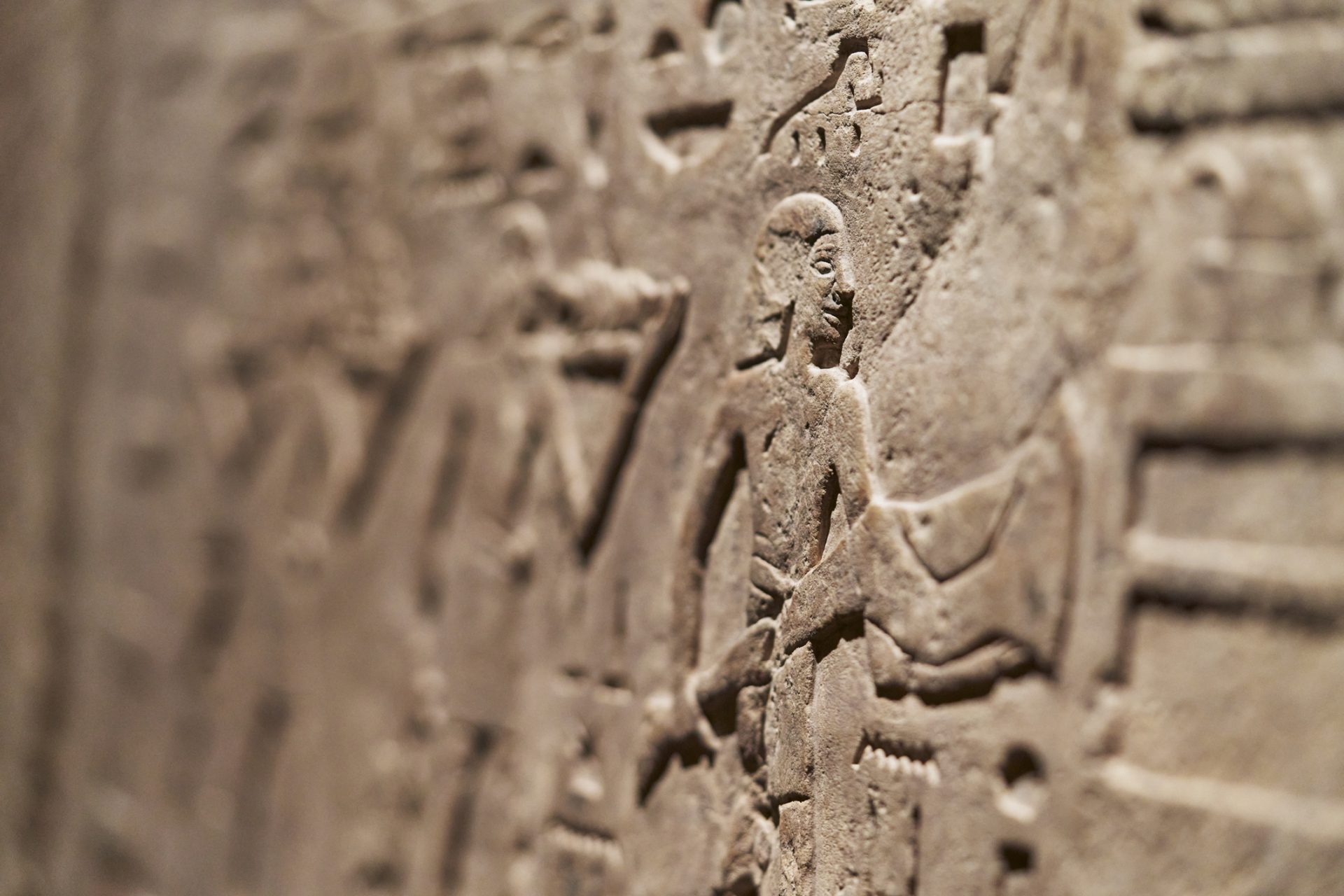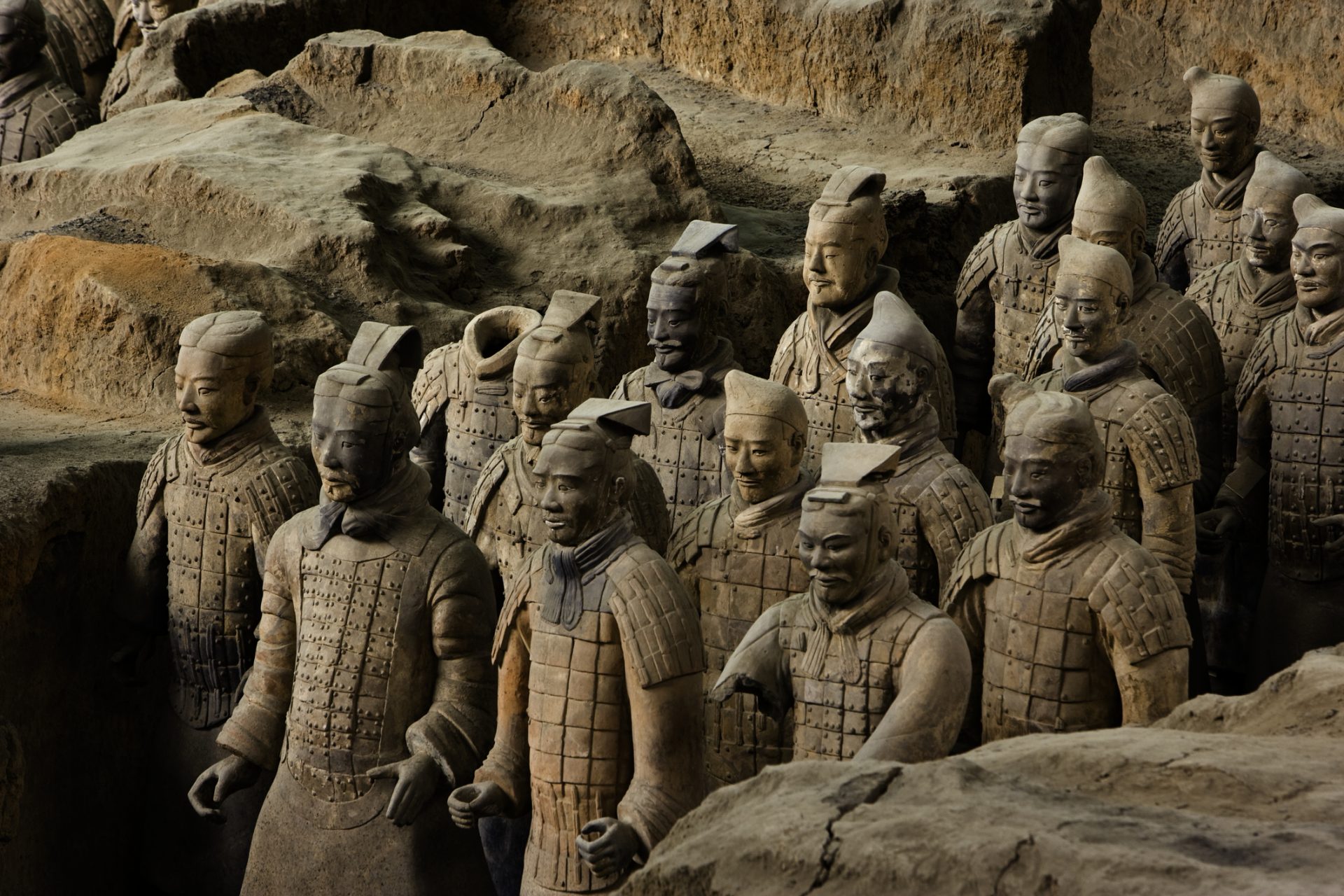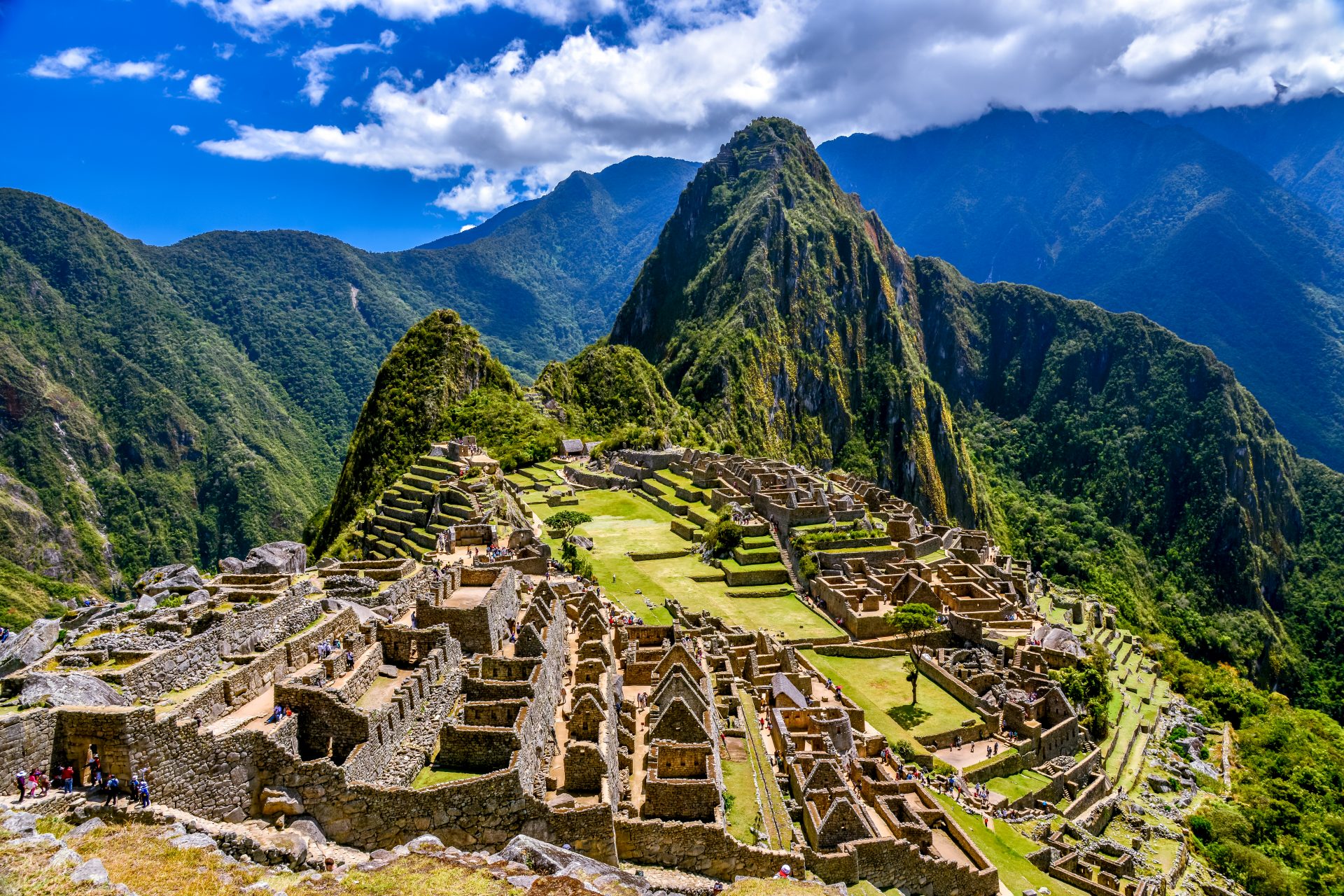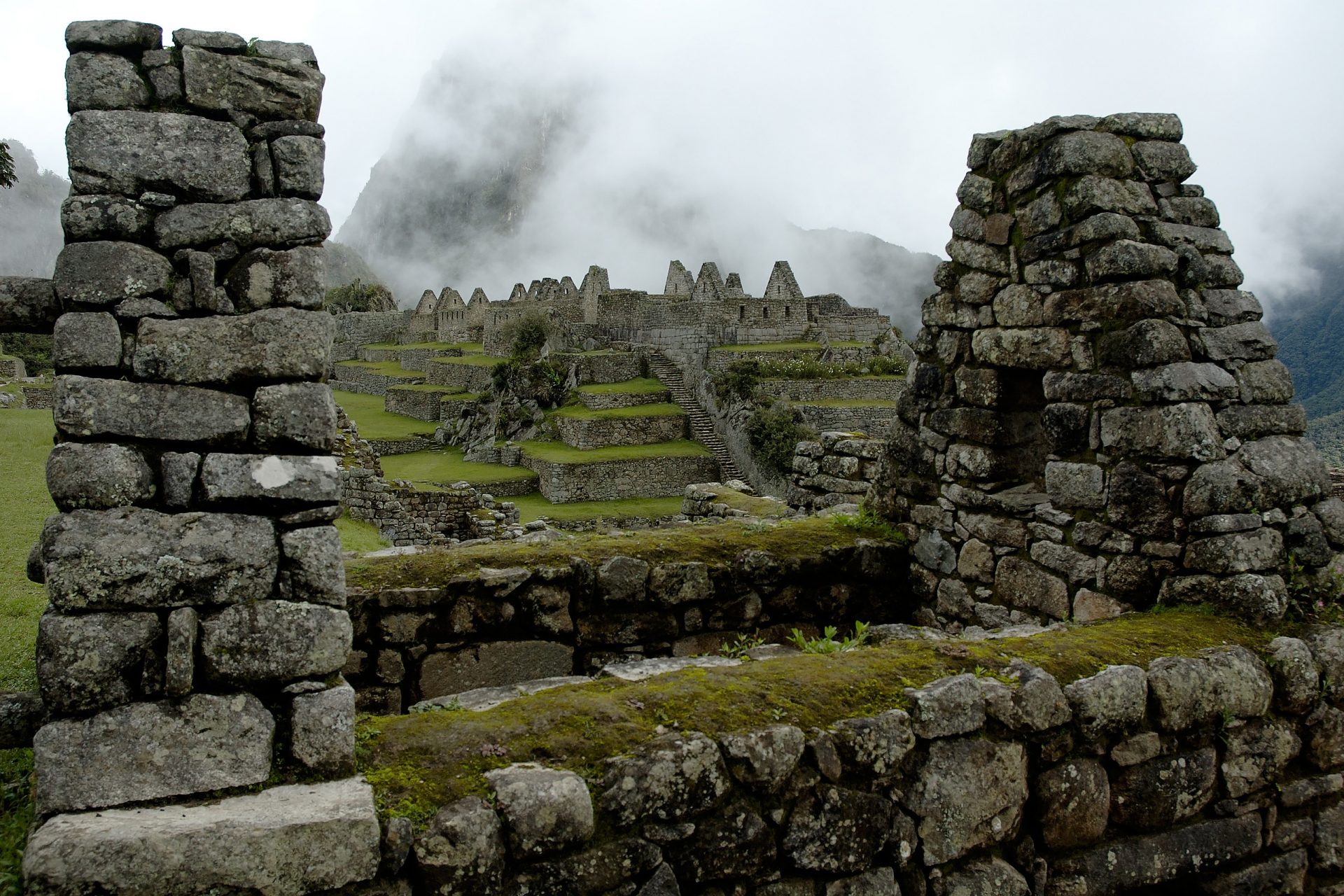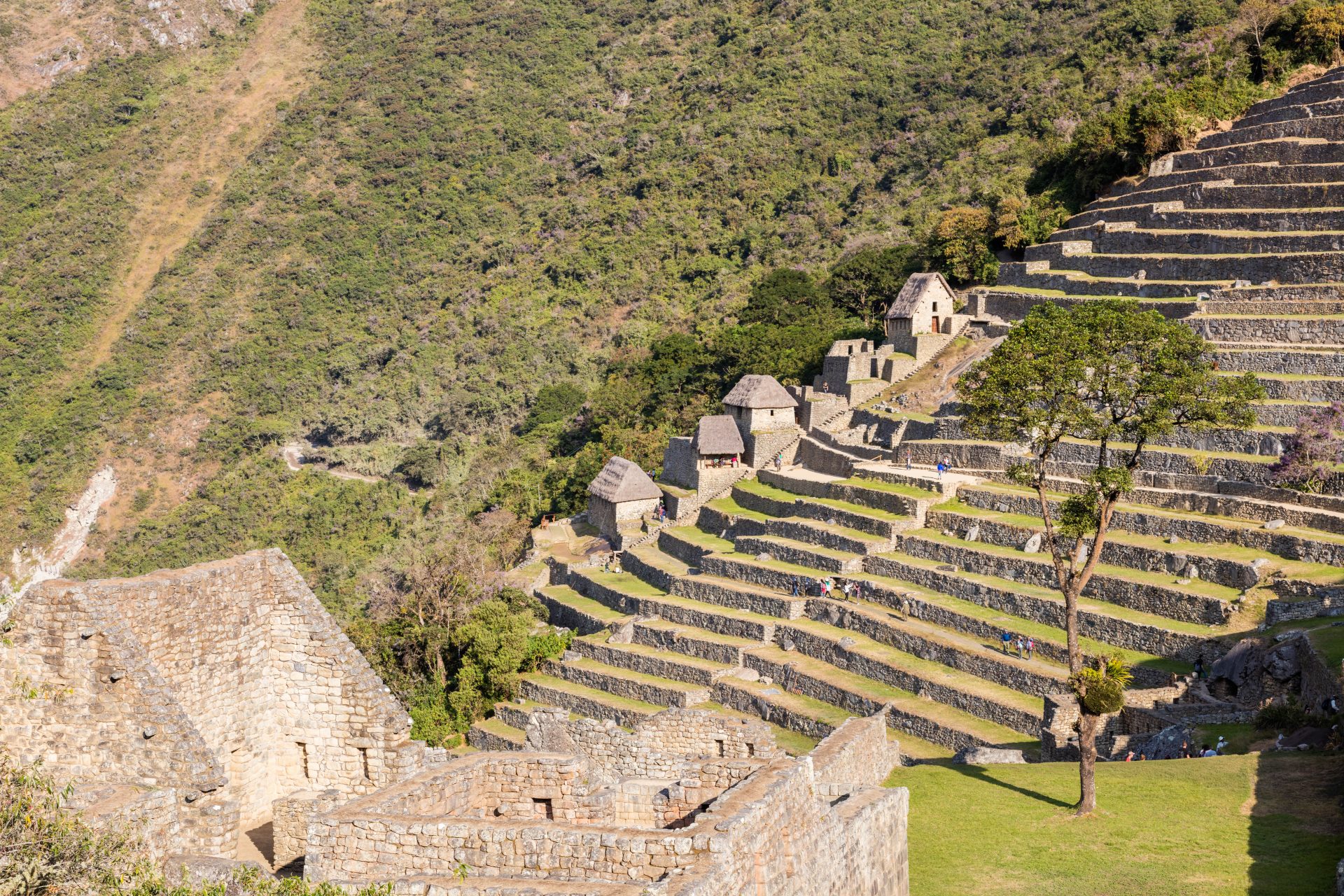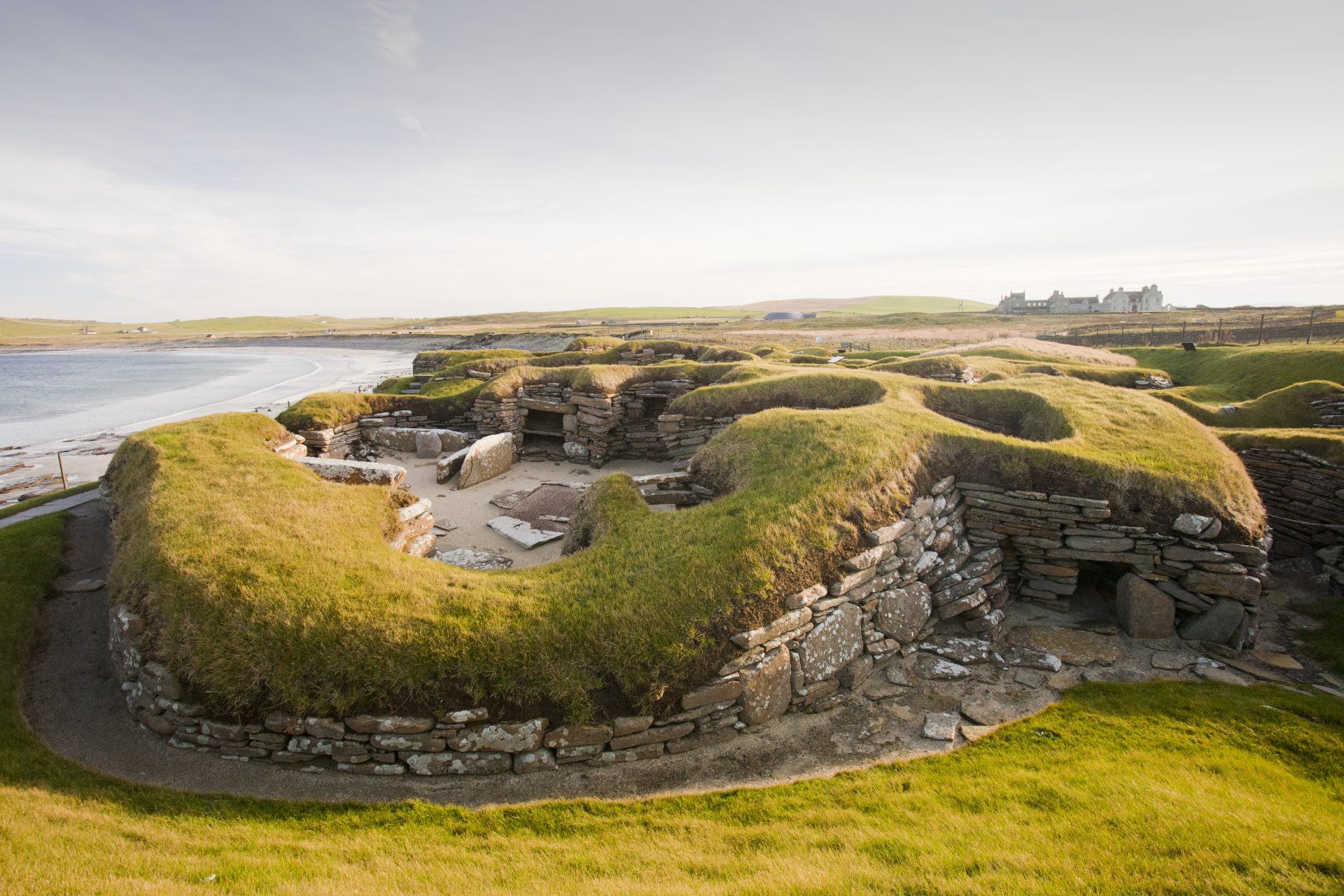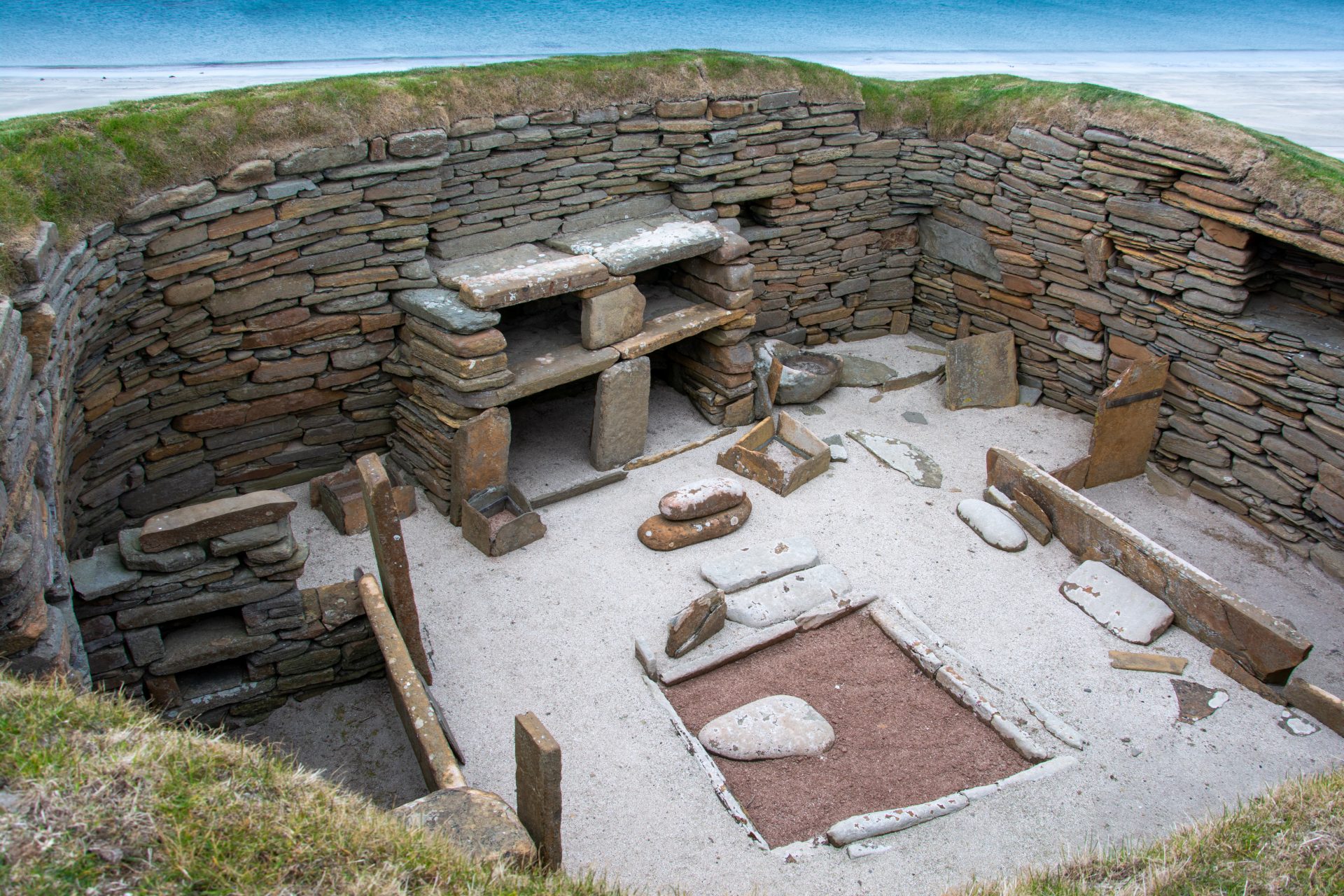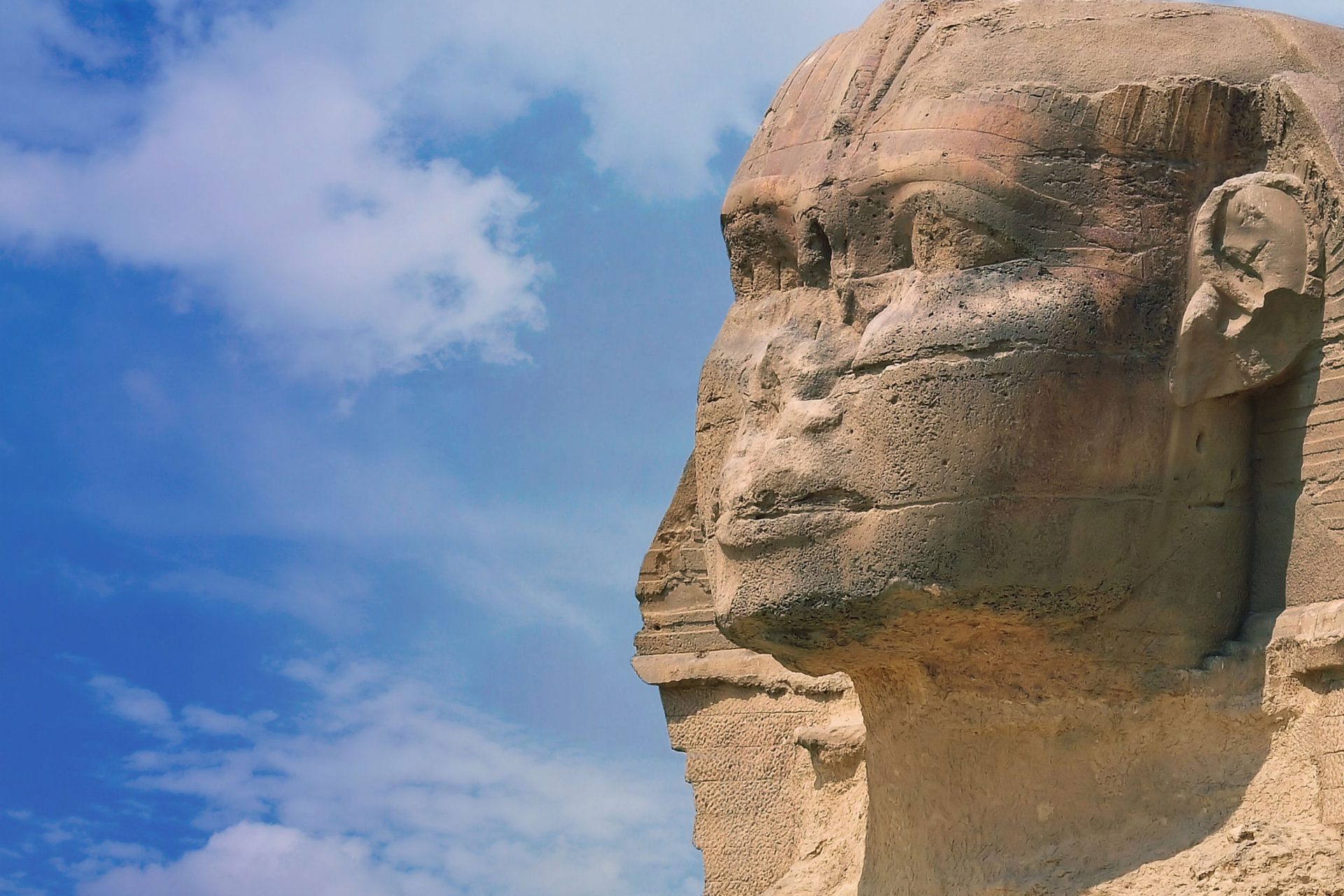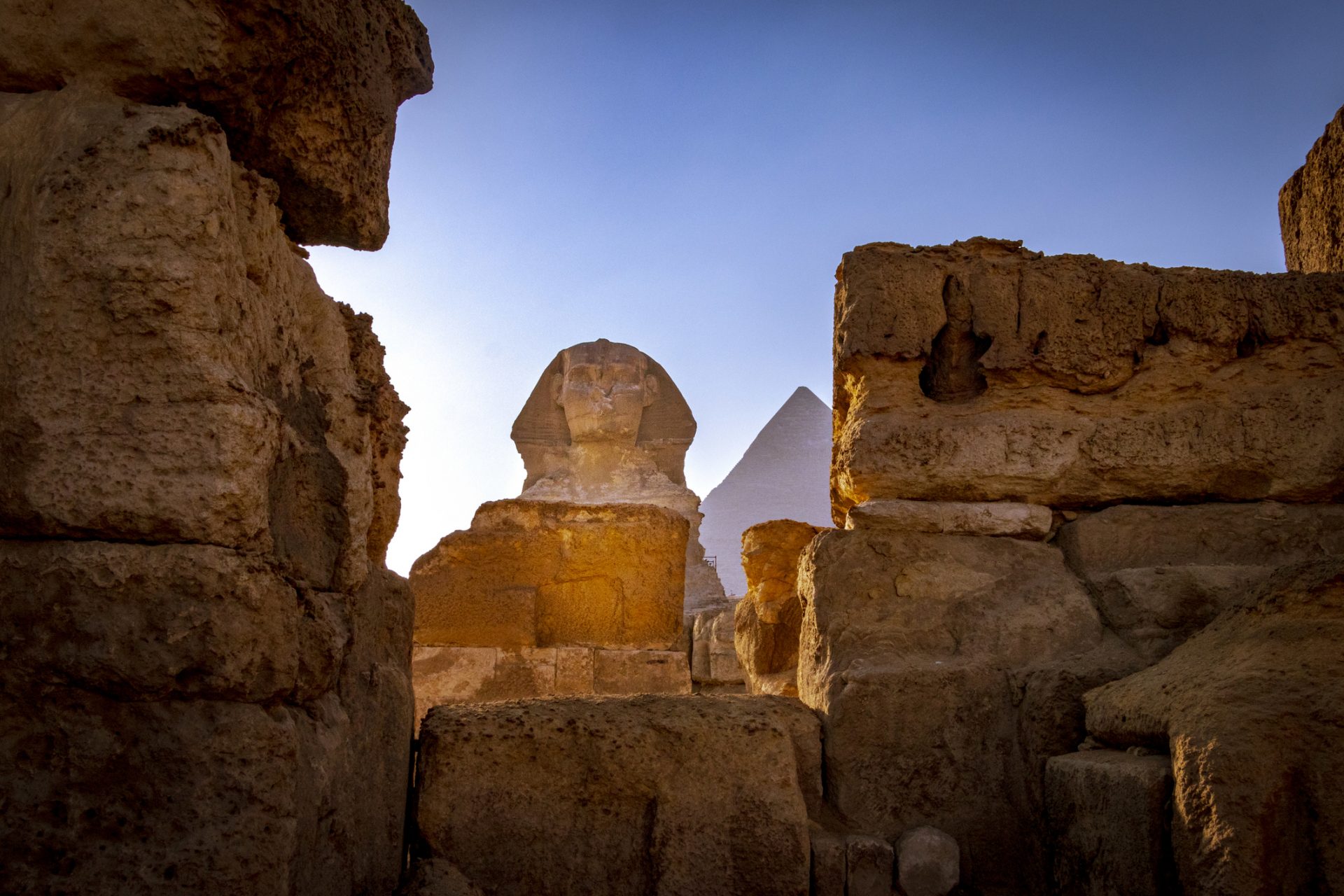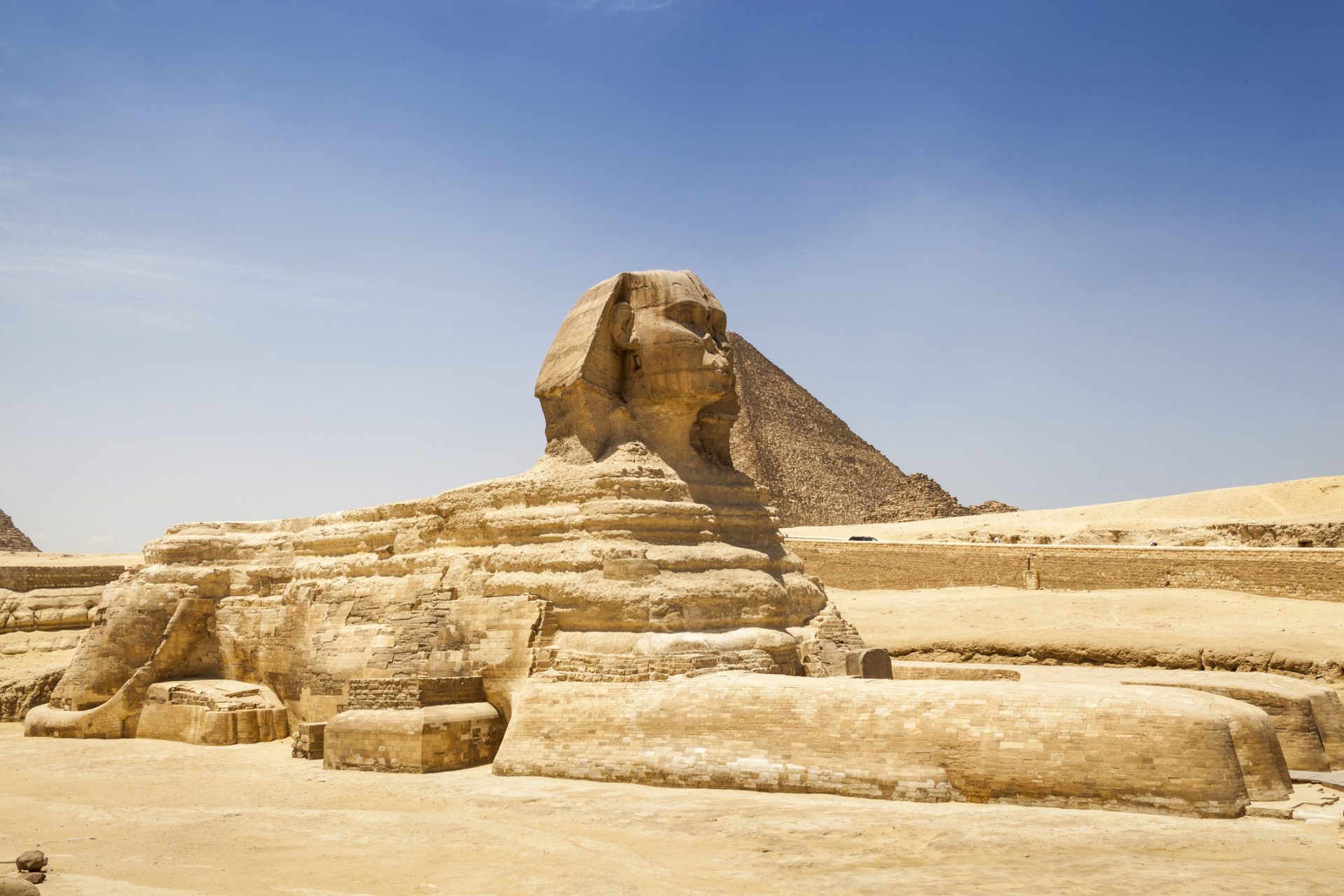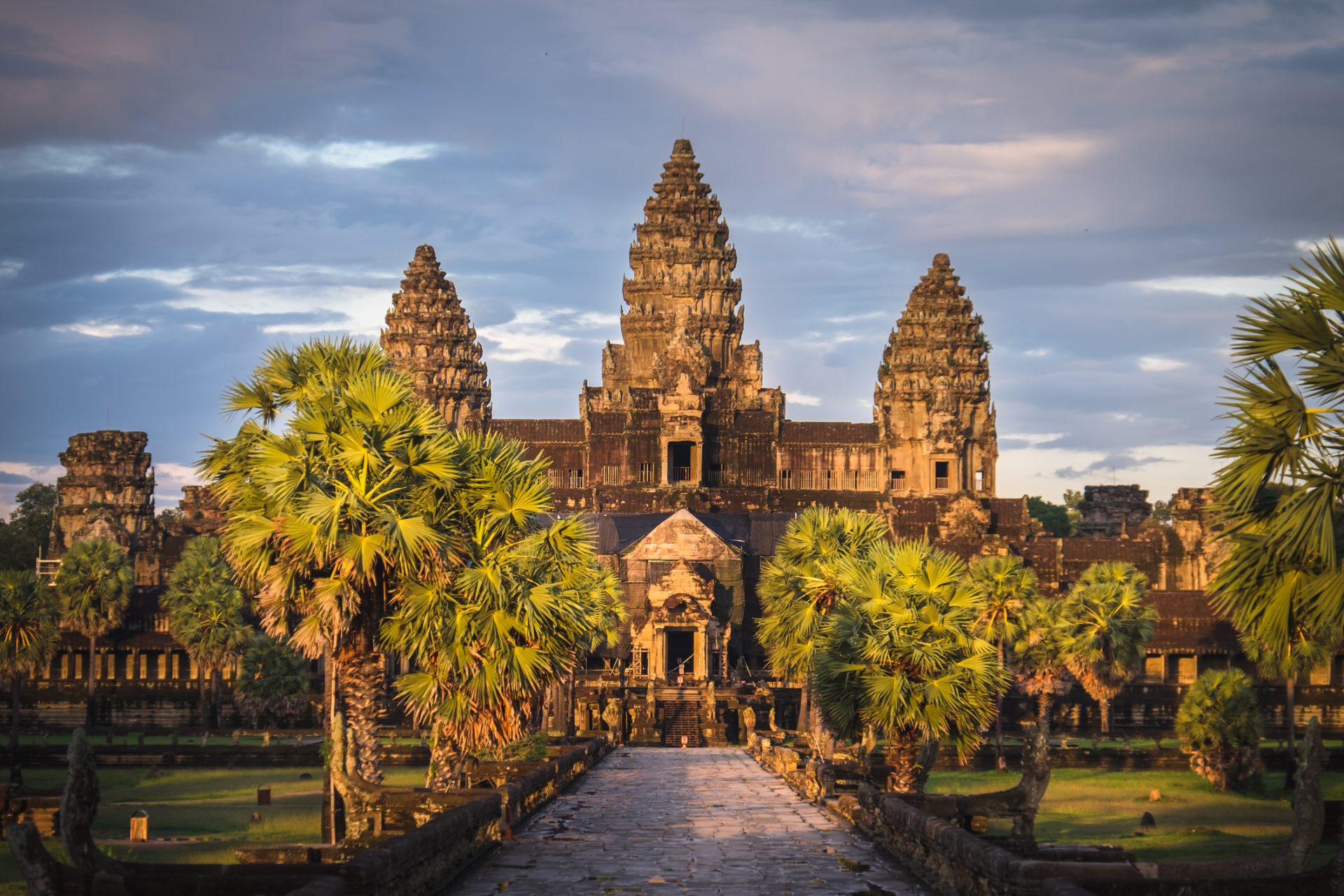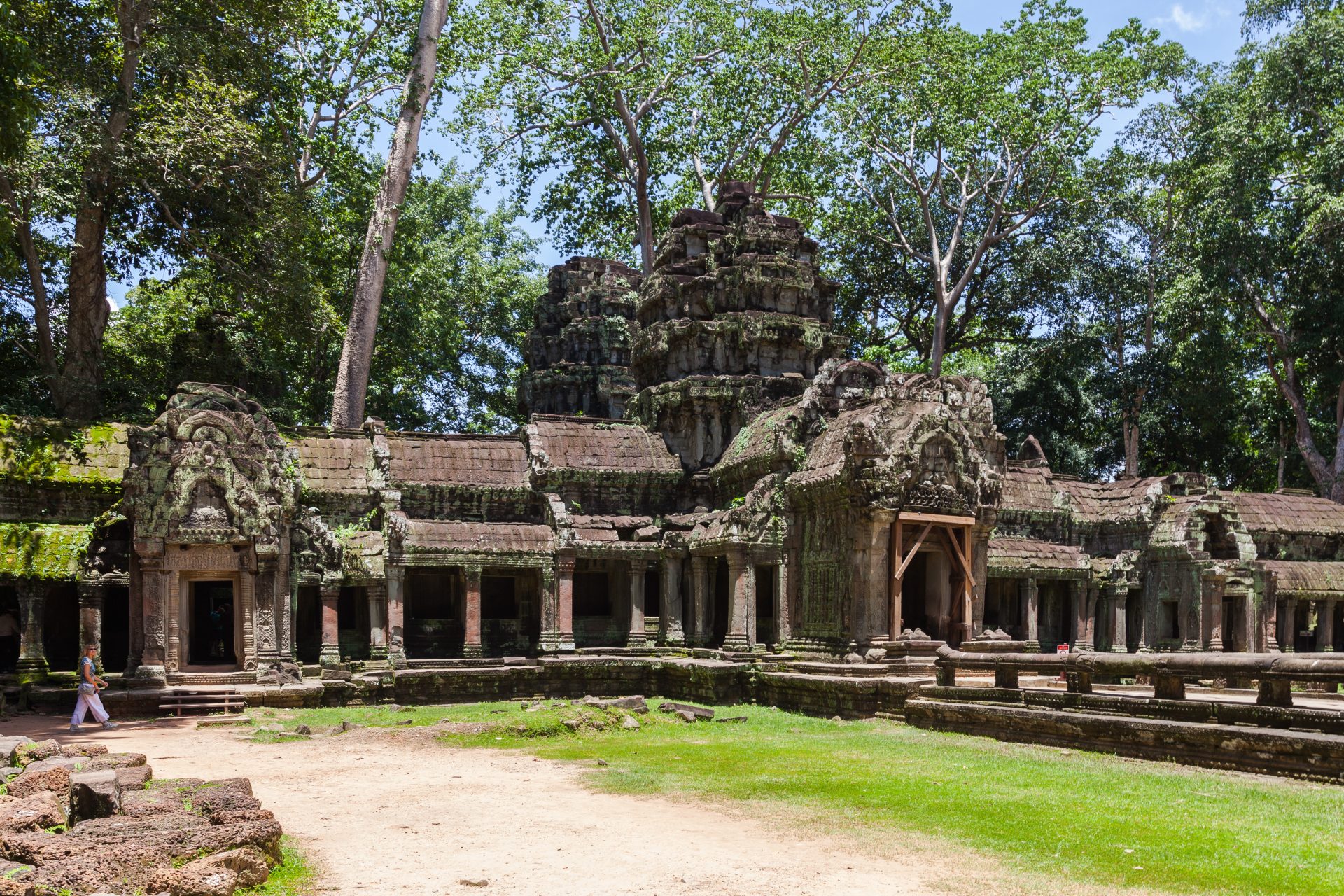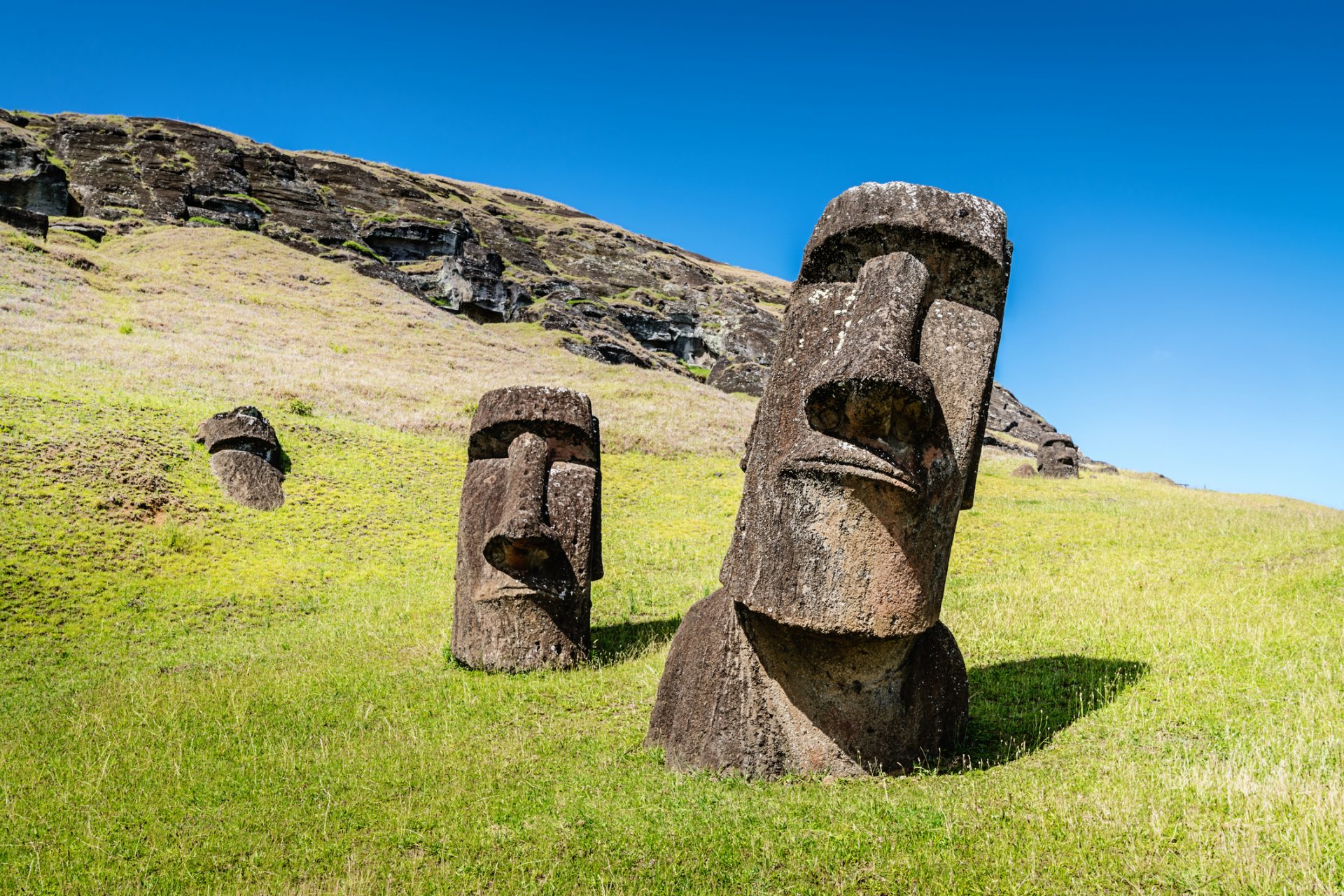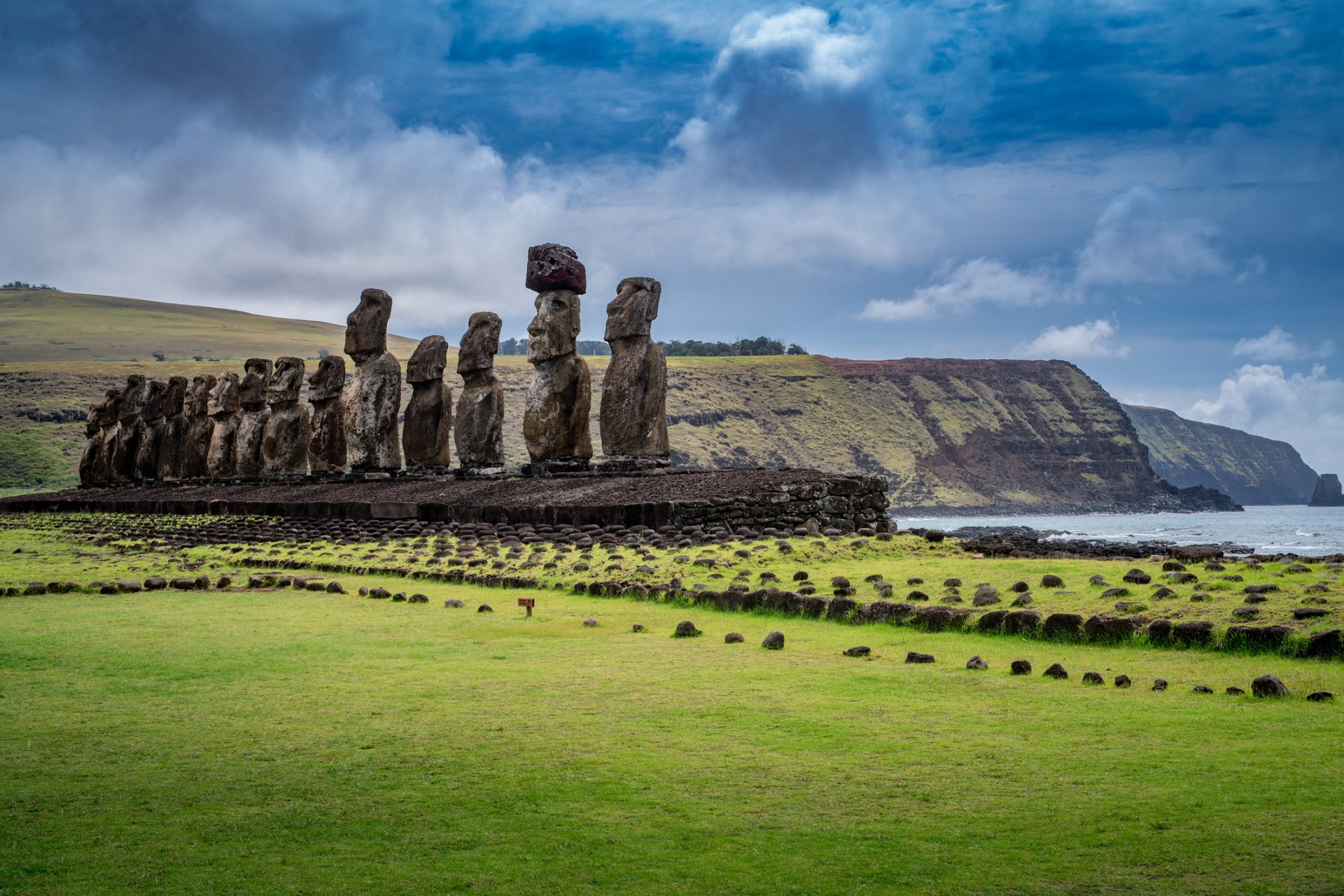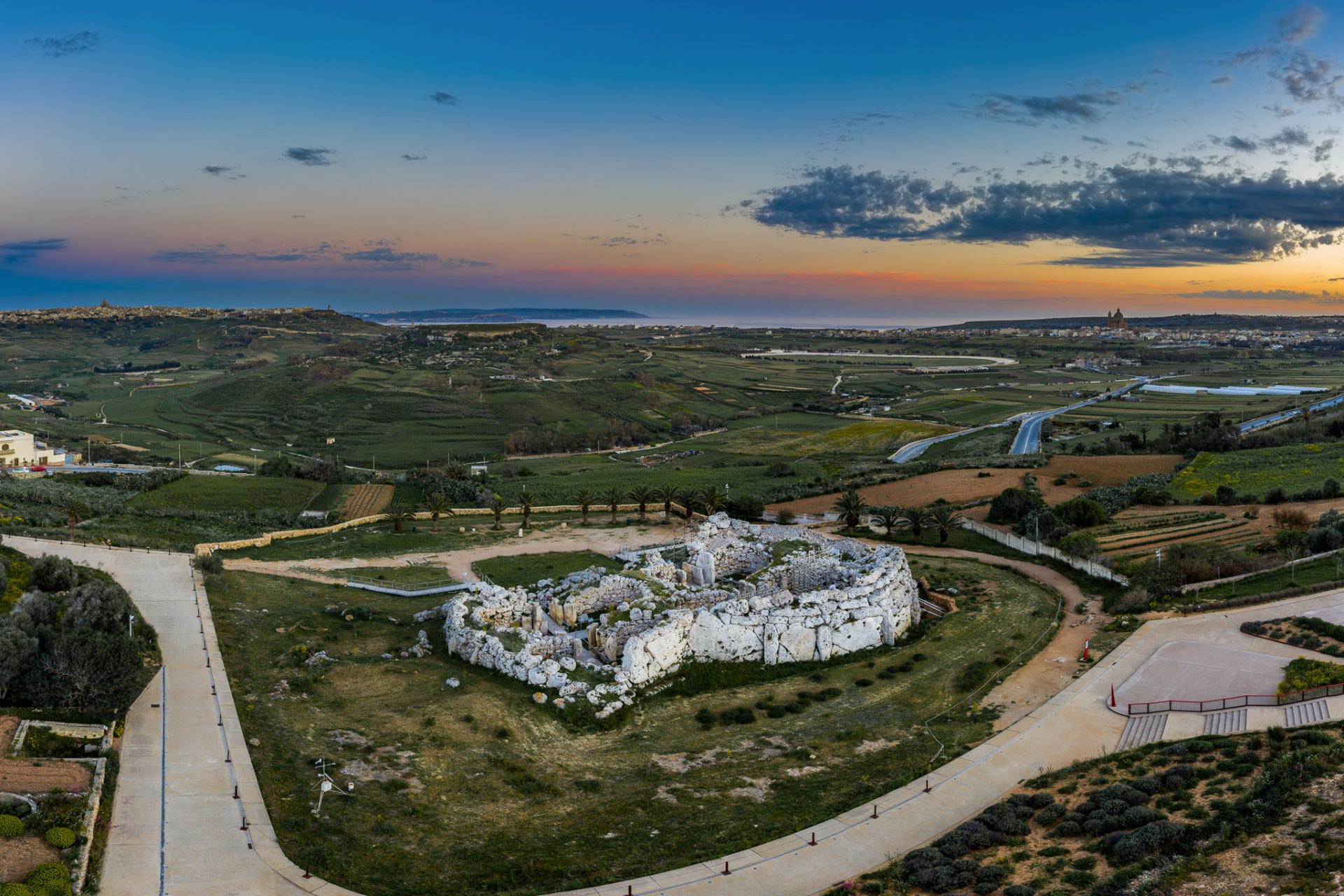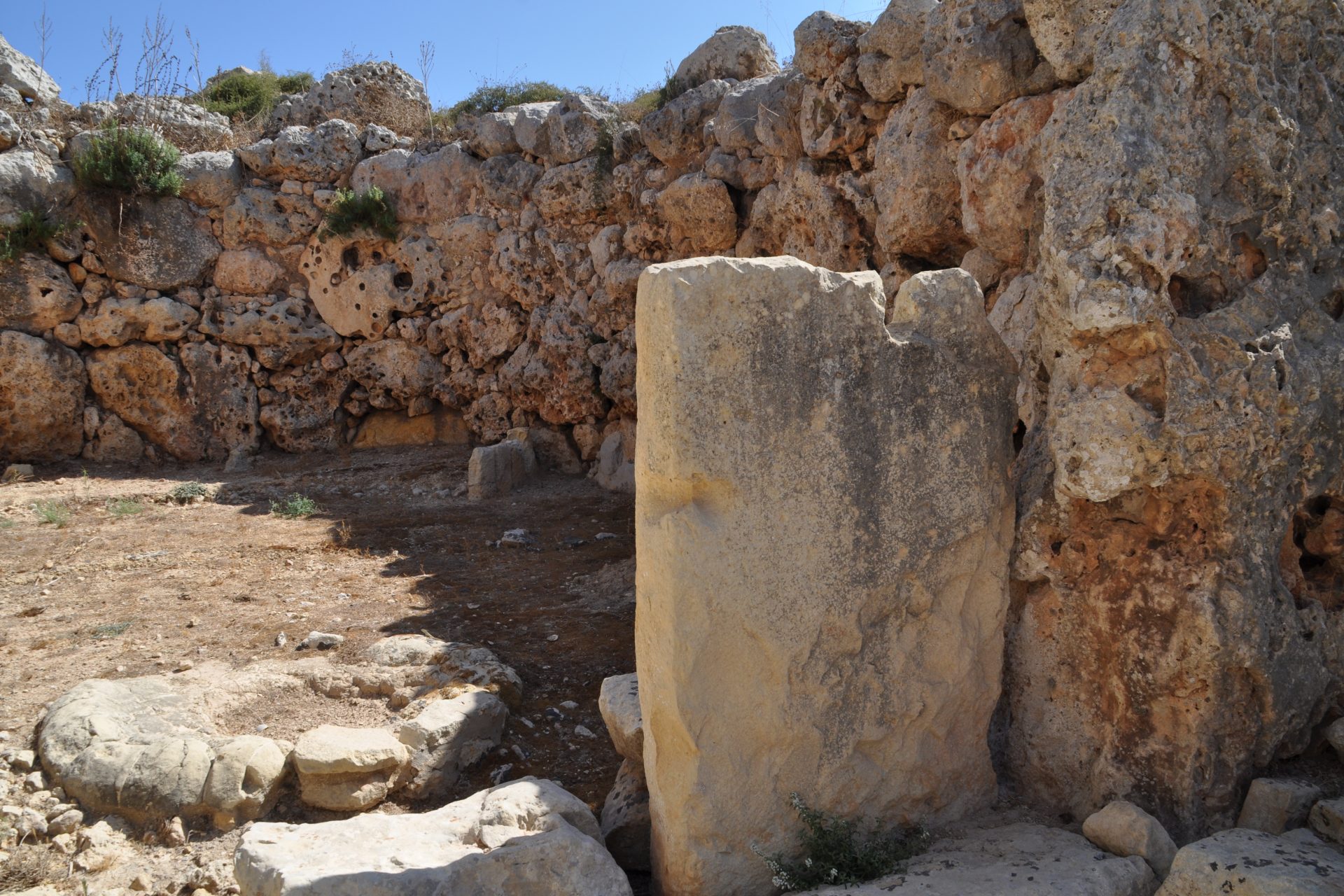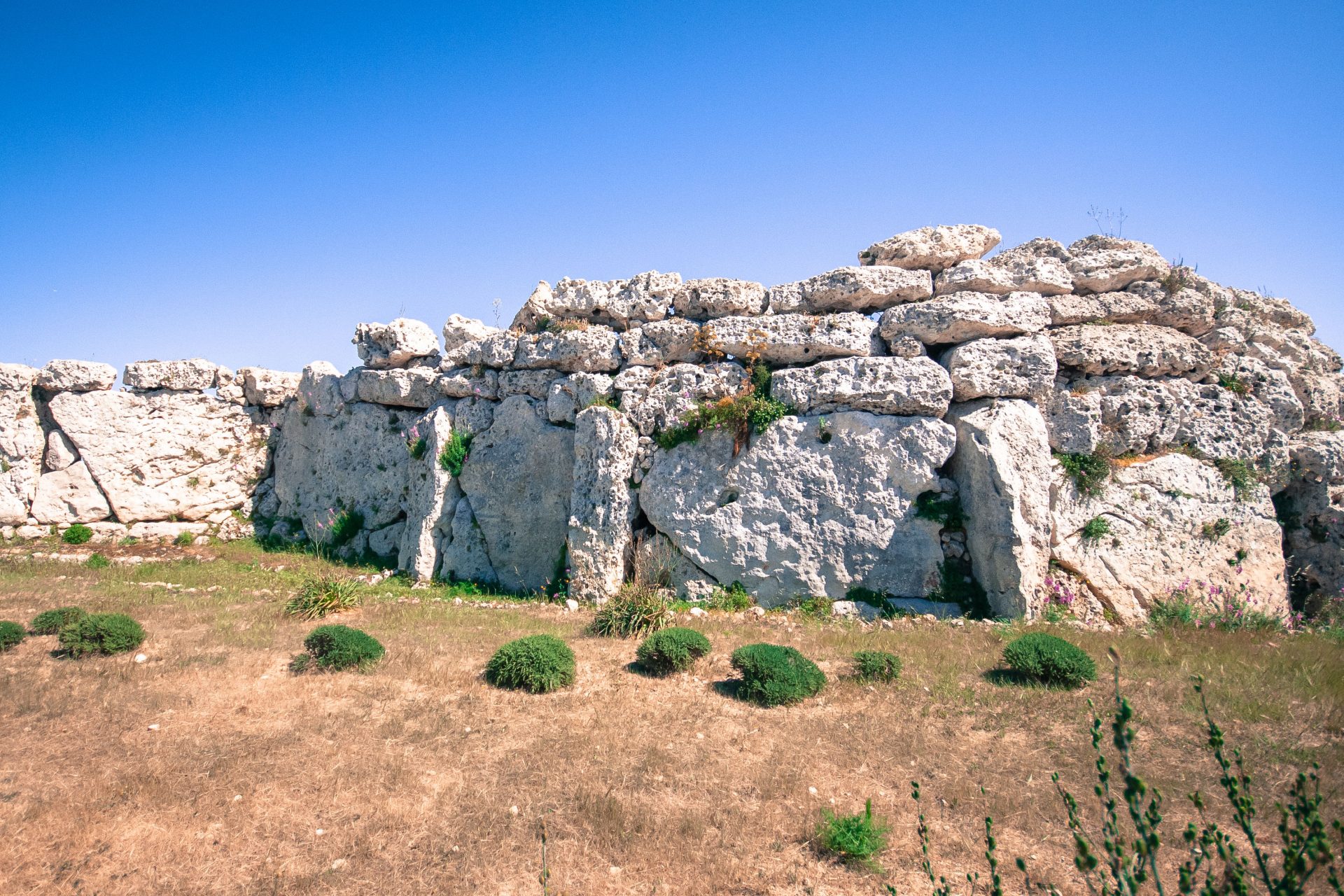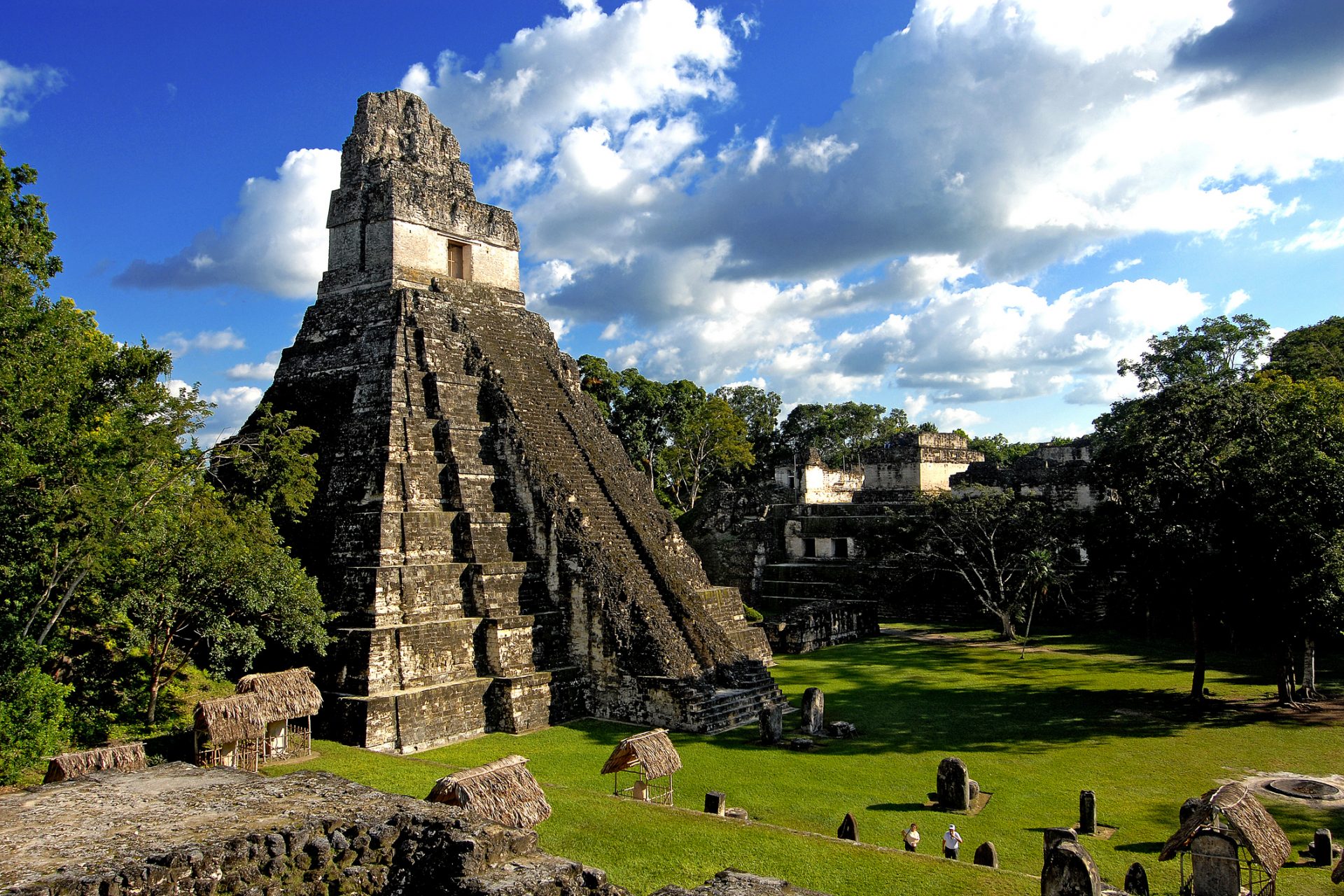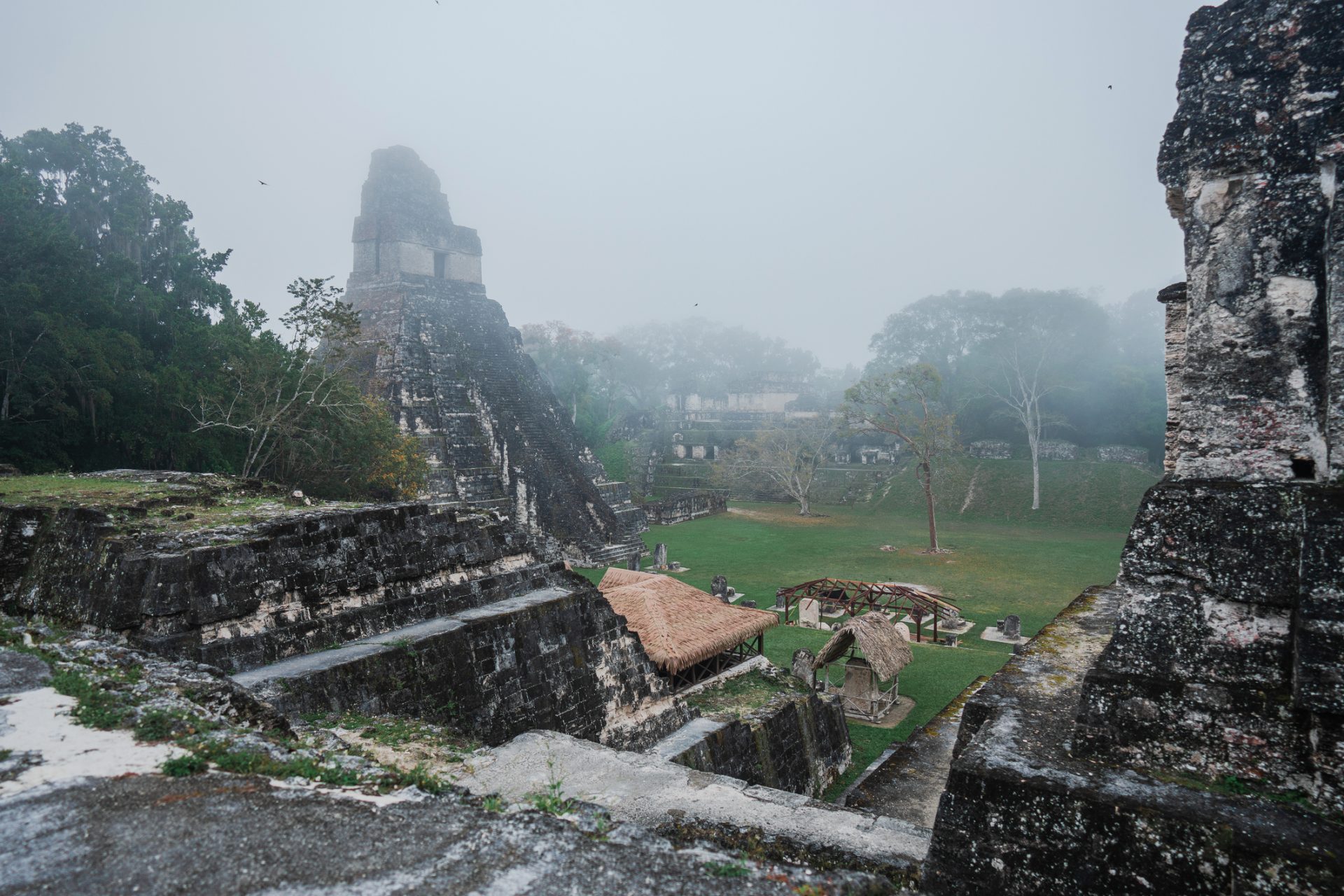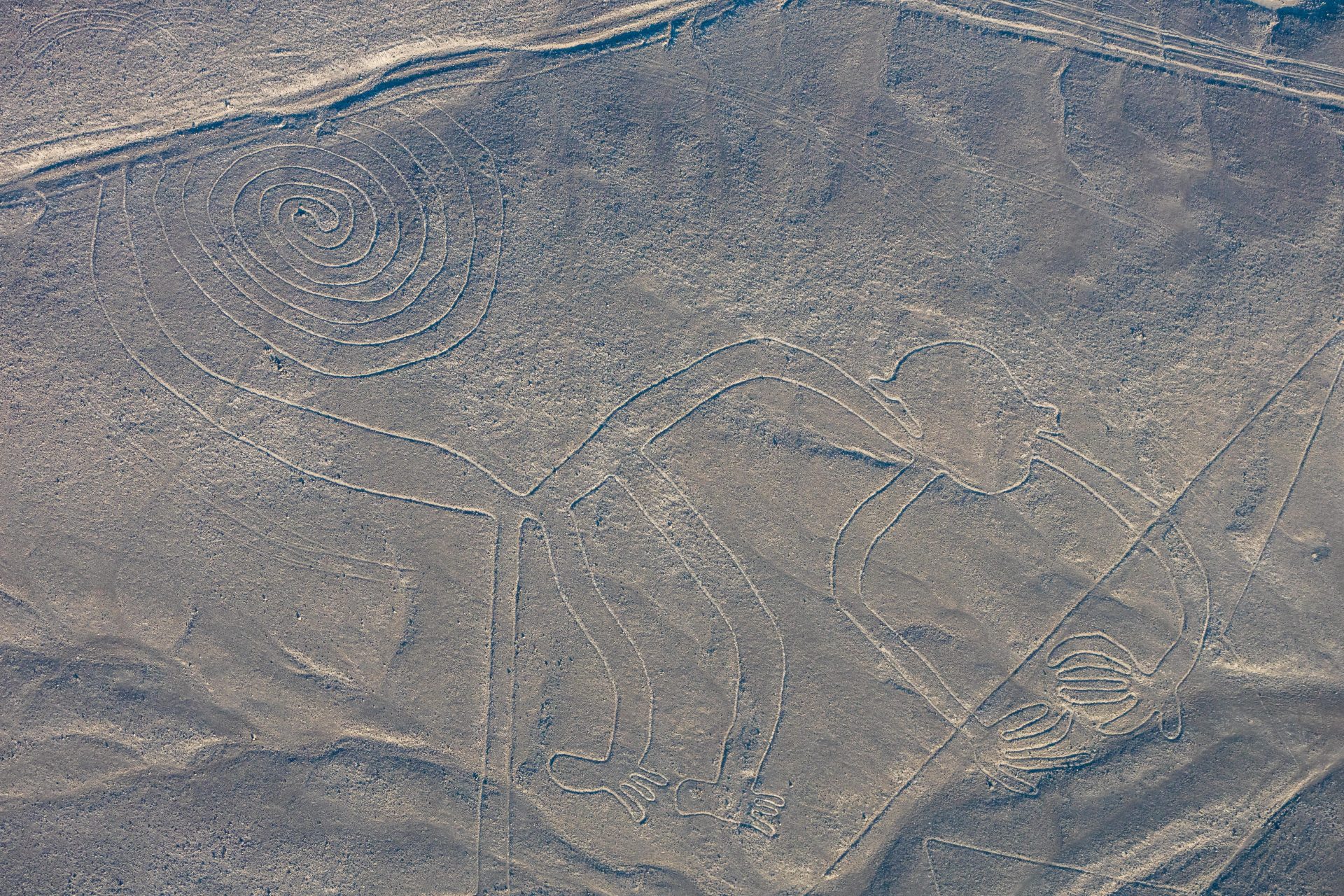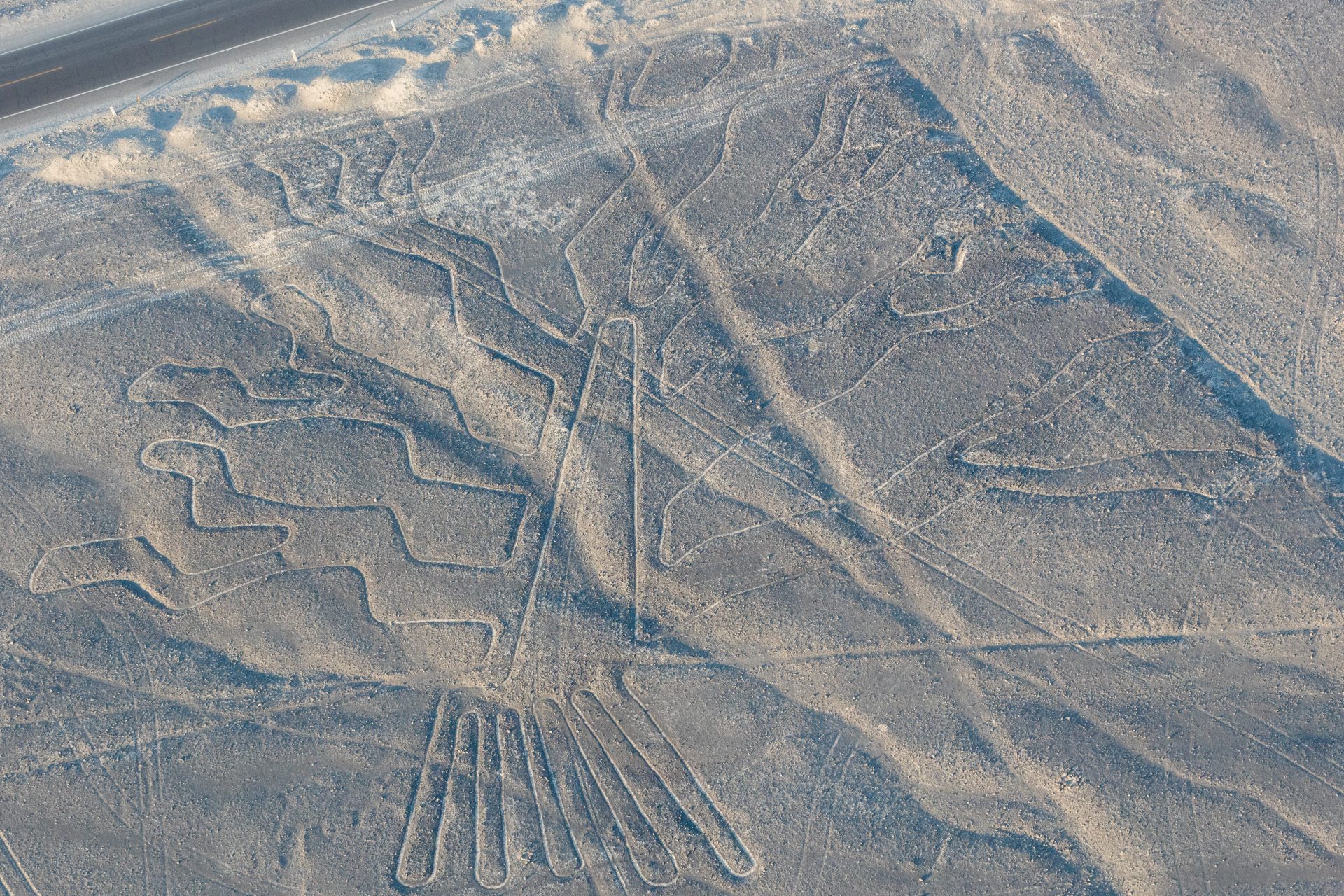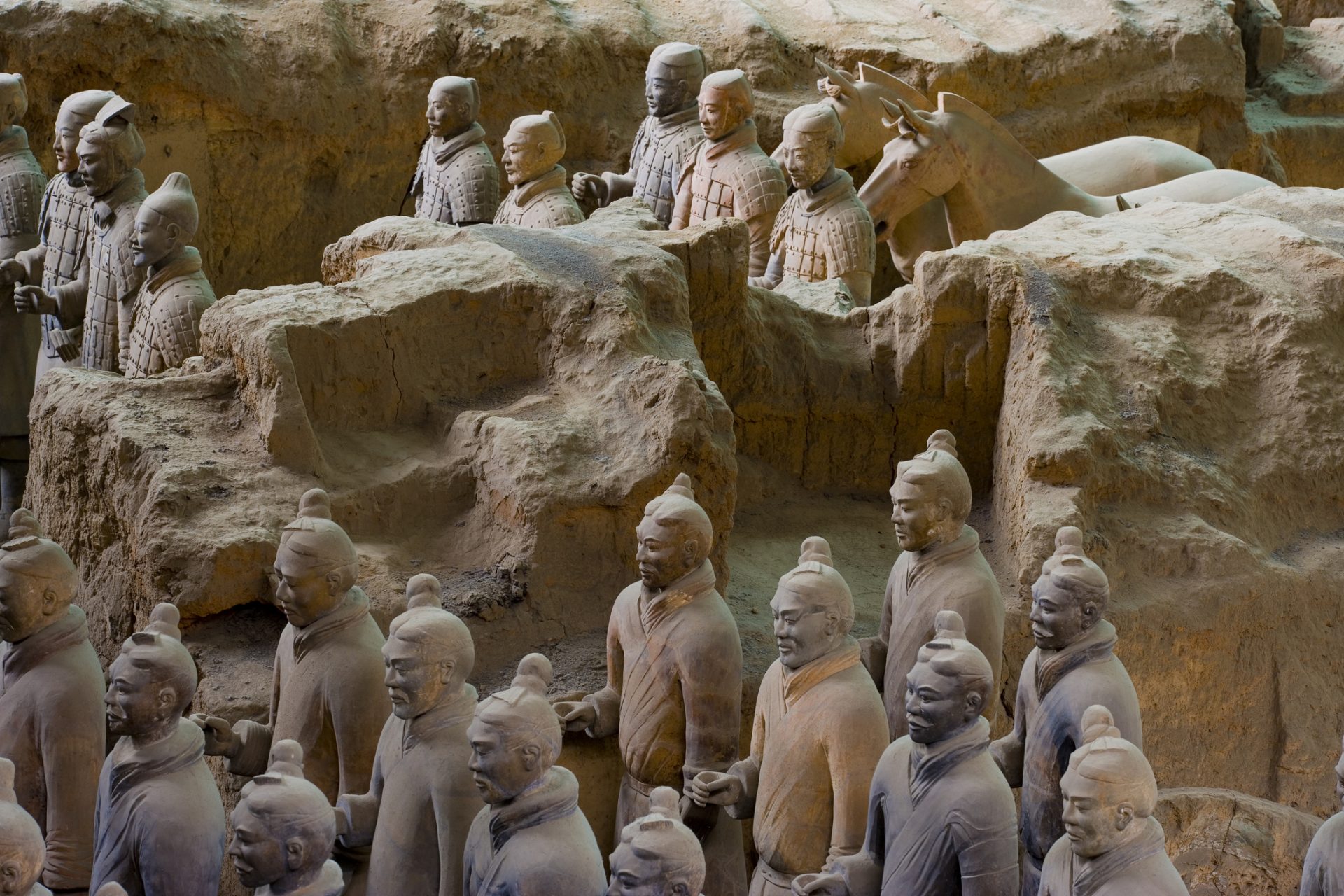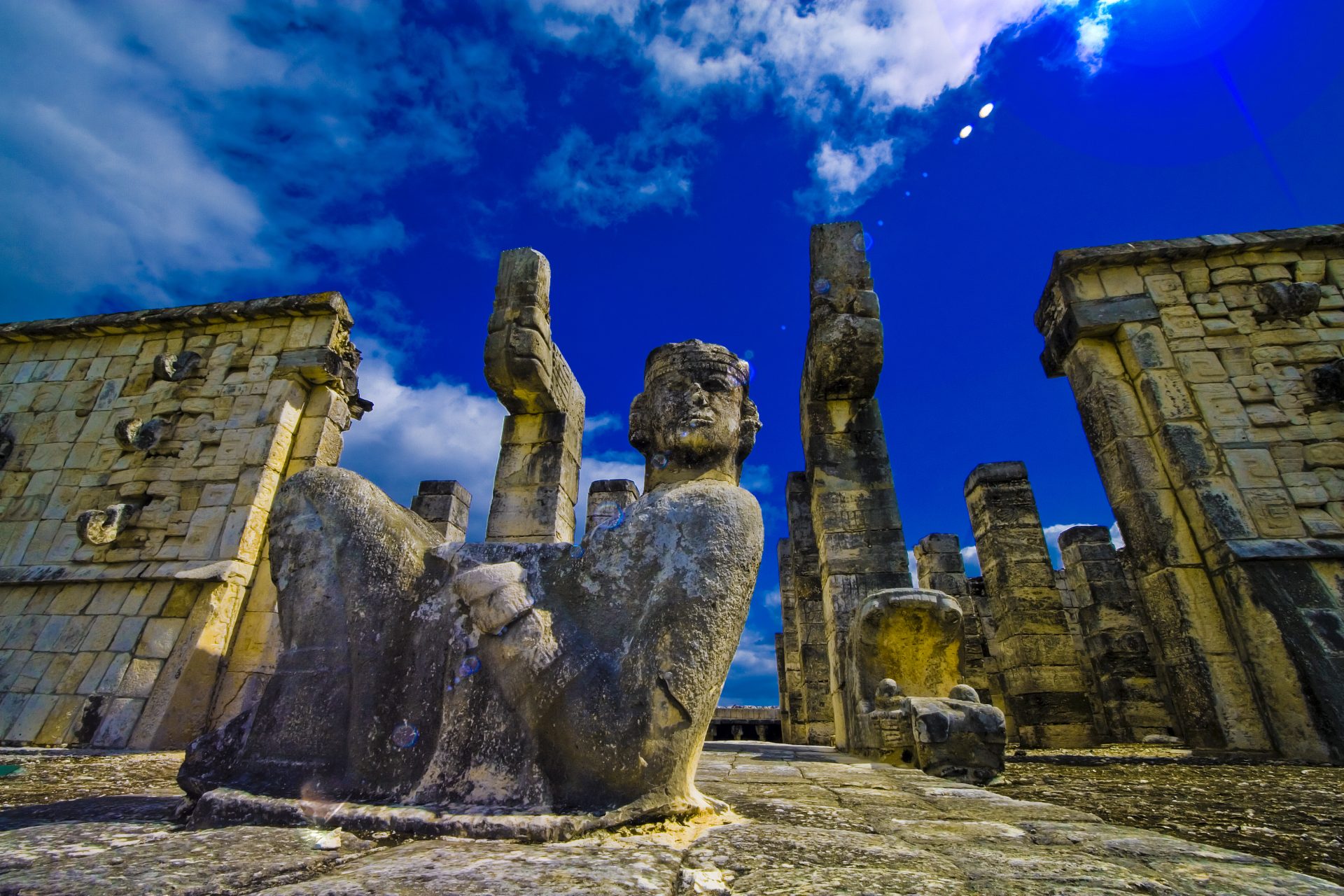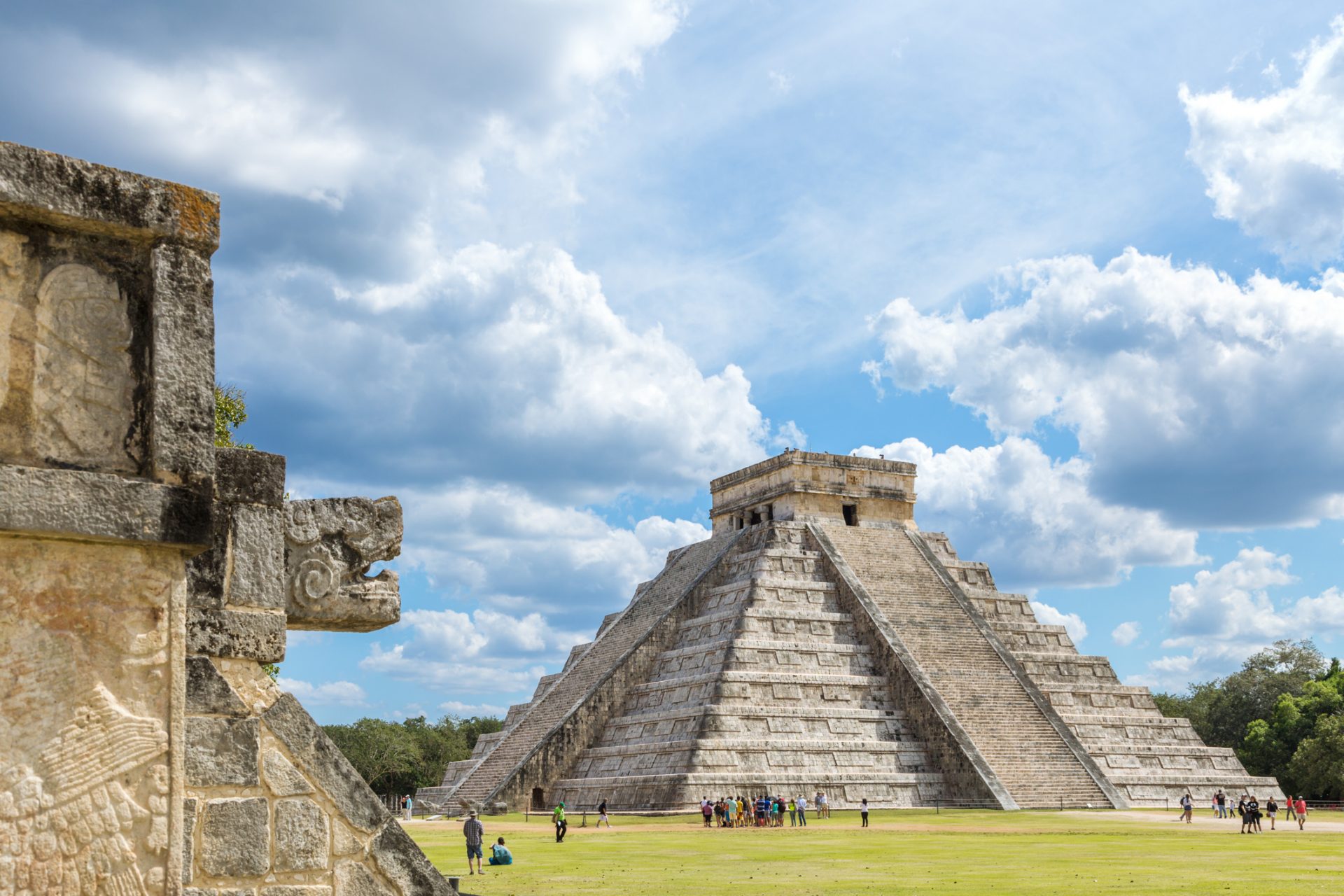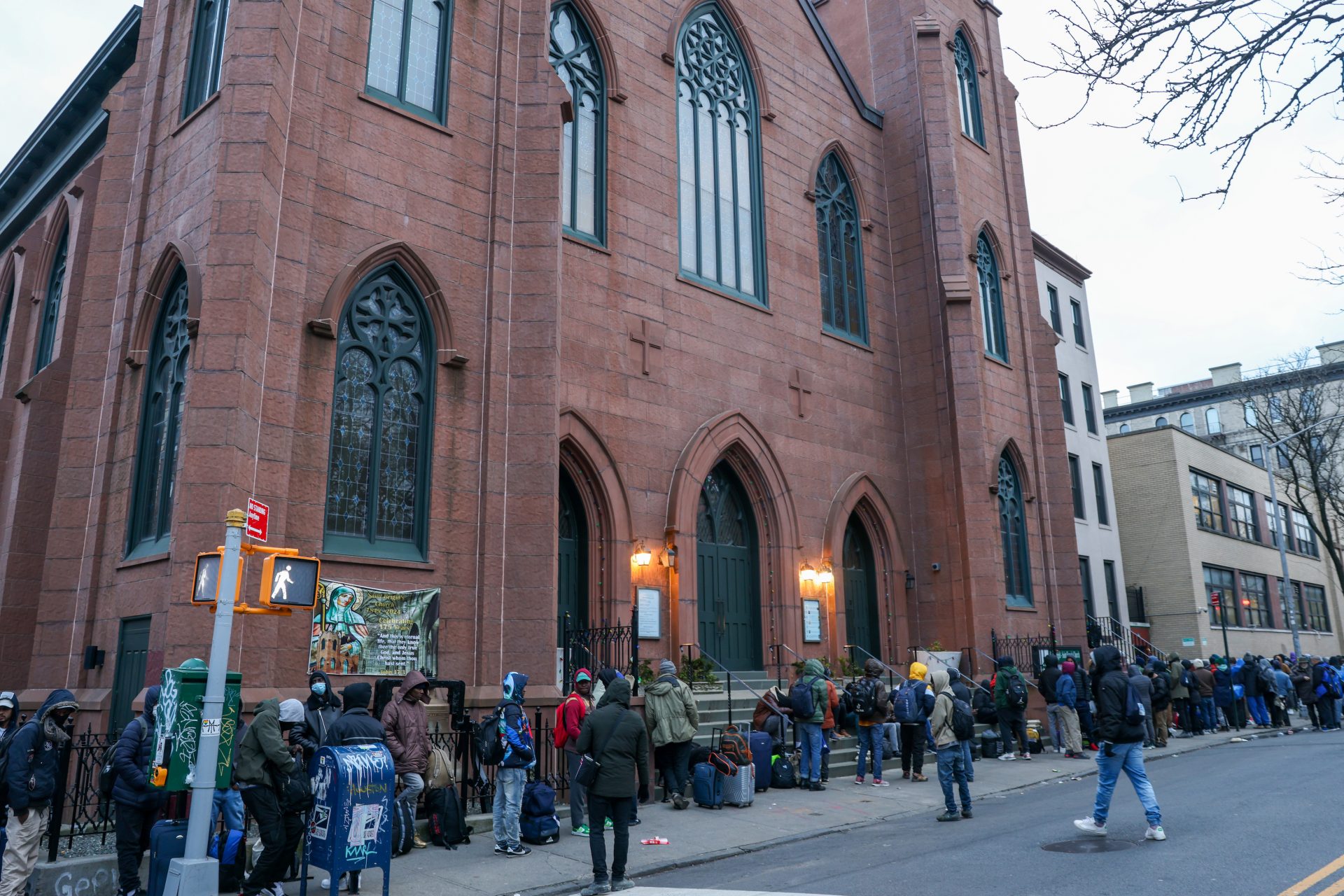The world is filled with archaeological mysteries
Have you ever looked at the ruins of an ancient civilization and asked yourself how such an awe-inspiring site was made by those who came before us? If you have then you are not alone, there’s still a lot of mystery in our world.
Some of the best known archeological sites around the world are still steeped in secrets according to National Geographic Expeditions, which listed ten of the best known places that are still a complete enigma for archeologists.
Machu Picchu is probably the best known city of the Inca but we really don’t know all that much about how it was made. We do know that it was built by the Inca ruler Pachacutec in the 15th century but not why it was constructed.
One popular theory is that the Inca built Machu Picchu as a mountaintop retreat for their royalty. But they apparently constructed its temples, baths, and places without the aid of the wheel, metal tools, or mortar—impressive, no?
Photo Credit: Wiki Commons By Christophe Meneboeuf - Own Work
Machu Picchu was mysteriously abandoned and the reasons why are still unknown. The Encyclopedia Britannica noted that water may have played a factor while other theories suggest it was due to the Spanish conquistadors.
Photo Credit: Wiki Commons By Diego Delso, CC BY-SA 4.0
You’ve likely never heard of this archaeological mystery but it hails from the British Isles and Skara Brae was abandoned just like Machu Picchu, and we still don’t know why. But what is this amazingly preserved ancient village?
Skara Brae was a Neolithic stone town consisting of nine homes located on Scotland’s Orkney Islands. We have remains of the villagers' vibrant lifestyle such as their toilets and dressers. But the site is shrouded in mystery.
The Great Sphinx of Giza has been the center of a lot of controversy of the last decade because of the assertions that it is a lot older than archeologists had previously thought. Who built the sphinx and why is now up for debate.
North Dakota State University’s Kimberly McGlynn noted in a write up on the Sphinx's age that some archeologists say the Sphinx is about 4500 years old and was built in the reign of the Pharaoh Khafra, but others disagree.
Egyptologists like John Anthony West and Dr. Robert Schoch agreed that water erosion at the base of the Sphinx could date parts of the structure to a different and much older timer period between 7,000 and 10,000 years old.
Angkor is Cambodia’s major mystery. But unlike the others on this list we do know a lot about the city’s ruins. It was founded by the Khmer Empire’s Jayavarman II and became the largest urban complex of the preindustrial world.
The city is a vast maze of streets and is filled with a complex water system according to Ancient Technologies. Sadly, Angkor’s amazing water storage abilities did not save the city from being abandoned and we still don’t know.
Photo Credit: Wiki Commons By Diego Delso, CC BY-SA 3.0,
Easter Island is one of those mysterious archaeological sites that still puzzles archaeologists and it makes a lot of sense. How the heck did the Polynesian people living on the island build such a huge statue? And more importantly, why?
National Geographic pointed out that the more than 900 statues across the island were likely built without the assistance of wheels or large animals. Researchers still really do not understand their purpose but they have theories.
Malta might not strike you as a place that’s home to what could be the world’s largest archaeological mystery, but it is because of the Ggantija Temples. Located on the island of Gozo, the Ggantija Temples have baffled us for centuries.
Photo Credit: Wiki Commons By FritzPhotography - Own work, CC BY-SA 4.0
Various areas of the temple were constructed as early as 3600 BCE and as late as 2900 BCE. It is also one of the earliest freestanding structures in the world that archaeologists know about according to Heritage daily.
Photo Credit: Wiki Commons By Stijndon - Own work, CC BY-SA 3.0
The area was occupied for years and we’re pretty sure that it was a temple where our ancestors would go to worship. But who they were worshiping and how they built the darn thing is still largely a mystery today.
Photo Credit: Wiki Commons By Bs0u10e01 - Own work, CC BY-SA 4.0
Tikal was a powerful Mayan city that thrived in 300 CE. It was once home to roughly 60,000 residents and covered an area of 47 square miles. The city is covered in a lot of monuments but none explain why it was abandoned.
National Geographic noted that we’ve learned a lot from decoding the stelae monoliths on the site. But the hieroglyphs haven’t given us any idea if it was drought, disease, or war that forced its residents to up and leave the city.
The Nazca Lines truly are one of the world’s great mysteries. Dating from 200 to 500 CE, these lines form intricate pictures that can be seen from the sky but we have no idea how the people who made them did it so well.
Photo Credit: Wiki Commons By Diego Delso, CC BY-SA 4.0
“Scratched on the ground, the Nazca Lines number in the thousands and depict creatures from both the natural world and the human imagination,” Live Science noted, adding that some 1500 glyphs can be seen from the ground.
Photo Credit: Wiki Commons By Diego Delso, CC BY-SA 4.0
The first Chinese emperor Qin Shi Huang Di’s 8000-strong terracotta army is a weird historical oddity and the mystery behind this archaeological marvel isn’t about how they were made but rather why? What were these soldiers protecting?
Chichén Itzá is another Mayan marvel steeped in mystery. It was built in the 6th century and had a population of 50,000 people at its peak according to National Geographic. It is a mystery today because we don't know what happened to its people.
“What became of this extraordinary culture? Perhaps it was internal warfare that spelt its doom; overpopulation, deforestation, or drought. We might never know,” National Geographic explained.
More for you
Top Stories



